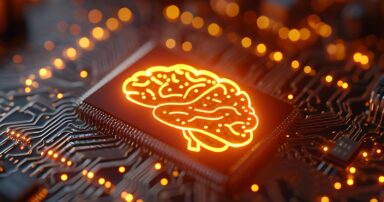OpenAI's Ambitious 5GW AI Data Center in Abu Dhabi
OpenAI is partnering with G42, an Abu Dhabi-based tech company, to develop a massive 5-gigawatt data center campus in Abu Dhabi. This project, part of OpenAI's Stargate initiative, could become one of the world's largest AI infrastructure projects.
The proposed facility will cover approximately 10 square miles, consuming power comparable to five nuclear reactors. This dwarfs any existing AI infrastructure announced by OpenAI or its competitors, and is even larger than the country of Monaco.
Stargate Project Expands Globally
OpenAI's Stargate project involves collaborations with SoftBank and Oracle to build large data centers globally. These centers will house powerful computer chips to support AI development. While a 1.2-gigawatt Stargate campus is already under development in Abilene, Texas, the Abu Dhabi project would more than quadruple that capacity.
Strengthening US-UAE AI Ties Amidst Geopolitical Concerns
This project builds upon existing ties between the US and UAE in AI development. OpenAI CEO Sam Altman has previously praised the UAE's forward-thinking approach to AI. However, the partnership with G42, chaired by the UAE's national security advisor, has raised concerns among US officials.
These concerns stem from G42's past relationships with entities like Huawei and Beijing Genomics Institute. Fears arose regarding potential access to advanced US technology by the Chinese government. G42's CEO has since stated that the company has divested its China investments and no longer maintains a physical presence there.
Despite these concerns, Microsoft, a major OpenAI shareholder, recently invested $1.5 billion in G42 and its president joined G42's board of directors. This investment highlights the complex and evolving relationship between these key players in the AI landscape.
The Abu Dhabi data center project represents a significant step forward in AI infrastructure development, but also underscores the geopolitical complexities surrounding this rapidly advancing technology.
Sources:








